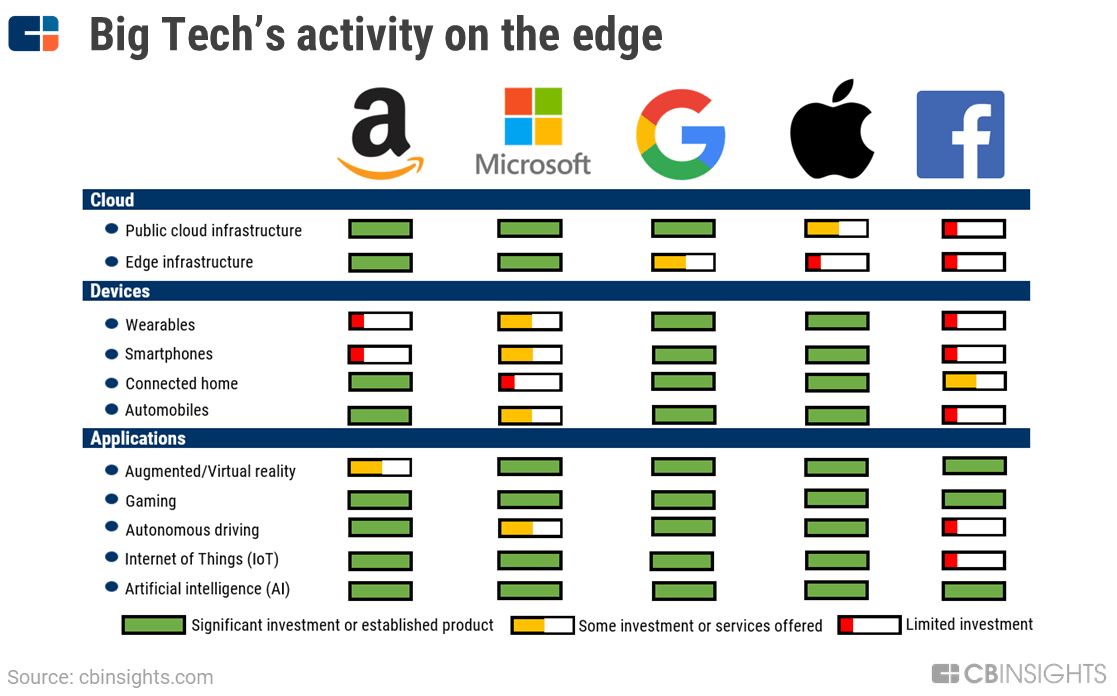
Revolutionizing Business Operations: The Role of Edge Computing
In the fast-paced landscape of digital transformation, businesses are increasingly turning to edge computing to enhance their operations. This article delves into the significance of edge computing for businesses, exploring its applications, benefits, and its transformative impact on the way organizations handle data.
Understanding Edge Computing in a Nutshell
At its core, edge computing involves processing data closer to the source of its generation, rather than relying solely on a centralized cloud infrastructure. This distributed computing paradigm brings computational power closer to devices and sensors, reducing latency and enabling real-time data processing.
Edge Computing for Businesses Link: BusinessInc
Reducing Latency for Real-Time Responsiveness
One of the primary advantages of edge computing is its ability to significantly reduce latency. In traditional cloud computing models, data travels to and from a centralized server, leading to delays. With edge computing, data processing occurs locally, enabling real-time responsiveness. This is particularly crucial for applications where low latency is essential, such as in IoT devices and critical operational systems.
Enhancing Security and Privacy Measures
Edge computing addresses security and privacy concerns by keeping sensitive data localized. Instead of transmitting all data to a centralized cloud, critical information is processed at the edge, minimizing the risk of data breaches during transit. This approach aligns with evolving data protection regulations and provides businesses with greater control over their sensitive information.
Optimizing Bandwidth Usage
Edge computing optimizes bandwidth usage by processing data at the edge, reducing the need to transmit large volumes of data to a centralized cloud. This not only conserves bandwidth but also leads to more efficient network utilization. For businesses operating in environments with limited bandwidth availability, edge computing offers a practical solution to manage data traffic effectively.
Enabling Decentralized Data Processing
Decentralization is a key principle of edge computing. By distributing data processing across edge devices, businesses can create a more resilient and fault-tolerant system. In scenarios where a central server failure could be catastrophic, edge computing ensures that each edge device operates independently, contributing to a more reliable overall infrastructure.
Facilitating Edge AI and Machine Learning
The combination of edge computing with artificial intelligence (AI) and machine learning (ML) opens new frontiers for businesses. Edge devices can perform local AI and ML computations, enabling quick insights and decision-making without relying on a centralized cloud. This is particularly beneficial for applications requiring real-time analytics, such as predictive maintenance and personalized user experiences.
Embracing Industry-Specific Applications
Edge computing finds diverse applications across various industries. In manufacturing, for instance, edge devices can monitor and analyze equipment performance in real-time, contributing to predictive maintenance and minimizing downtime. Similarly, in healthcare, edge computing supports the rapid processing of patient data, facilitating timely diagnoses and personalized treatment plans.
Adapting to the IoT Revolution
The Internet of Things (IoT) has ushered in a wave of interconnected devices, and edge computing is the backbone that supports this IoT revolution. Edge devices can process and filter data generated by IoT sensors locally, sending only relevant information to the cloud. This not only conserves bandwidth but also enables businesses to derive actionable insights from IoT data in near real-time.
Navigating the Hybrid Cloud and Edge Landscape
As businesses increasingly adopt hybrid cloud and edge computing models, navigating this complex landscape becomes essential. A strategic approach involves understanding the unique requirements of each workload and determining whether it is best suited for centralized cloud processing or local edge computing. This hybrid approach allows businesses to leverage the strengths of both paradigms effectively.
Preparing for the Future of Edge Computing
In conclusion, edge computing is reshaping the way businesses handle data and process information. Its ability to reduce latency, enhance security, optimize bandwidth, and support emerging technologies like AI and IoT positions it as a cornerstone of modern business operations. As businesses prepare for the future, embracing the transformative capabilities of edge computing is key to staying competitive and innovative in the digital age.



